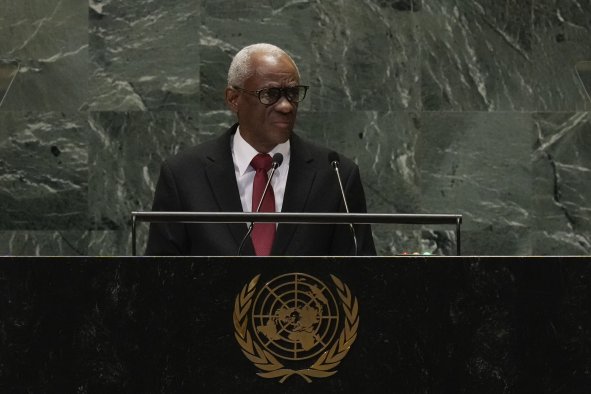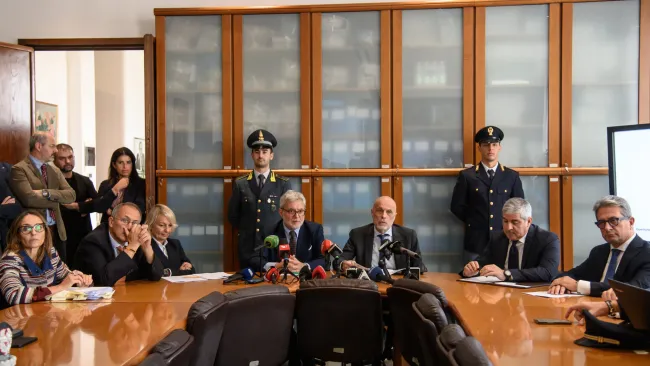Dozens of skeletons dated to the medieval period and antiquity have been uncovered in the basement of a home in France.
The assemblage of human remains was identified during an excavation conducted by preventive archaeology firm Archeodunum during the winter of 2023-2024.
This excavation was prompted by the accidental discovery of a skeleton while the homeowner was renovating the basement. The house is located in Corbeil-Essonnes, a southern suburb of Paris.
The excavation uncovered 38 graves spread out across the four rooms of the cellar. The graves, which are arranged in parallel rows, appear to be part of a cemetery that was in use from the 3rd century, toward the end of antiquity, until the 10th century, during the medieval period.
The presence of an early medieval cemetery in the area has long been known. Since the 19th century, several plaster sarcophagi, which are typical of this period, have been discovered.
Scholars in the 19th century assumed that such burials were linked to the Notre-Dame-des-Champs chapel, which was supposedly built in the 7th century on the site of a pagan temple. However, no trace of these constructions has been found to date, and the graves of the area have never been subject to rigorous scientific study until now, according to Archeodunum.
Now, evidence suggests that the cemetery is older than 19th-century scholars assumed, with the earliest burials dating back to the end of antiquity—long before the supposed construction of the chapel.
During the late Roman Empire, the deceased in this region tended to be buried lying down, on their backs, in a wooden casing placed in a deep grave. But in the early medieval period, which started around A.D. 500, funeral practices evolved.
In this era, the deceased tended to be buried in plaster sarcophagi, a practice that was widespread in what is now Île-de-France, a region surrounding Paris.
During the recent excavation, archaeologists uncovered ten sarcophagi arranged side-by-side in a "fan" shape, each containing a single deceased individual.
The human remains discovered in the basement will now be analyzed in the laboratory to shed light on the individuals' sex, their age at death and their living conditions. The context of the burials, including the positioning of the bones, will also be analyzed to provide insights into the burials.
Do you have a tip on a science story that Newsweek should be covering? Do you have a question about archaeology? Let us know via science@newsweek.com.
Disclaimer: The copyright of this article belongs to the original author. Reposting this article is solely for the purpose of information dissemination and does not constitute any investment advice. If there is any infringement, please contact us immediately. We will make corrections or deletions as necessary. Thank you.




